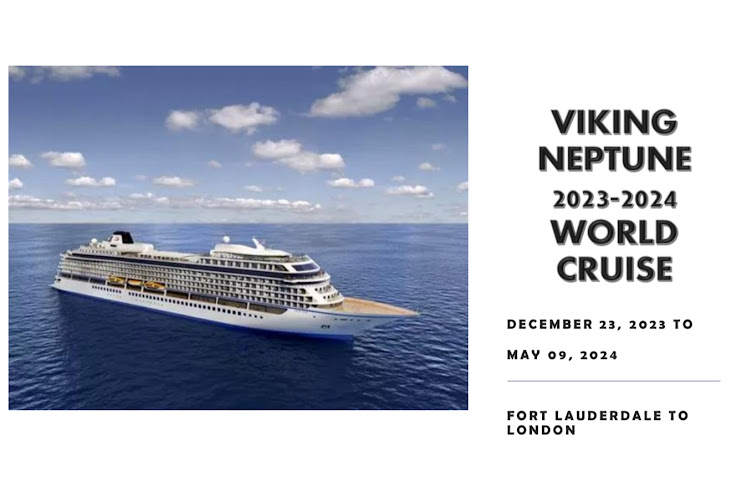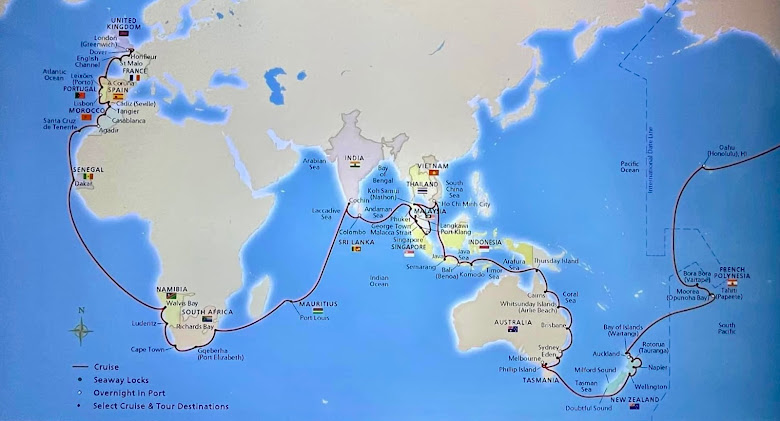Today I just physically crashed. I woke up in so much pain that I canceled an excursion to a castle and to the town of Sandwich. I don’t often cancel, but today there was no choice. So I have spent part of the day packing, resting, packing, reading.
We are in the port of Dover and of course we can see the white cliffs. It is a beautiful sight. Here’s some information about the White Cliffs of Dover.
https://britishheritage.com/travel/facts-white-cliffs-dover
https://en.wikipedia.org/wiki/White_Cliffs_of_Dover
 |
| White Cliffs of Dover |
 |
| Dover Castle |
Michael went on an exciting excursion today and I will let him tell you what he did.
Beverly stayed in today, and I decided to take a very enjoyable excursion – Britain at War. For the first 20 years following the end of World War II, Britain, along with most of the rest of the world, did everything possible to eradicate all vestiges of the war. Since then, having recognized the error of that decision, Britain has put together some wonderful, and often fully authentic representations of the war.
We started with a 45 minute trip to Ramsgate. At first, I didn’t recognize the name of the town, but it came back quickly when we realized that this was the launching point for the Dunkirk rescue. Nearly 300 boats, some as small as 35 feet, sailed from here over to Dunkirk and helped in the rescue of someone 175,000 French and Belgian troops that were stranded there and became sitting ducks for the Germans. Today, Ramsgate is a sleepy little beach resort, with it seems, more fish and chip restaurants than there are people. It is, unfortunately, on the wrong side of England weather wise. The water temperature here rarely gets above 55°.
From here, we traveled to the Spitfire Museum. This is a small, but delightful museum with a real Spitfire, and a real Hurricane, the two planes that featured prominently in the battle of Britain. Of course, like most, I had forgotten the importance of that battle. Essentially, 6,000 extraordinarily brave RAF flyers toiled for three months to prevent the Luftwafa from gaining access to Britain to drop bombs in preparation for a land invasion. Think about it – if Germany had been successful in softening up England in preparation for a land invasion, then Normandy never would’ve happened and we probably would’ve lost the war. We could easily owe everything to these 6,000 men. Their task was incredibly dangerous; once an RAF flyer began this mission, his life expectancy was reduced to approximately six weeks.
Our next stop was the Jackdaw. Originally named the Red Lion, the Jackdaw was the pub where many of the RAF Flyers retreated after a sortie for fish and chips and beer. Today, there are pictures and other artifacts,not to mention initials and other writings on the wall from these fellas. The owners were originally very unhappy with those scratchings, but today they are priceless. It was a beautiful old building.
Our next, and final stop was The Wing. After so many years, a proper memorial to the battle of Britain was erected here, and it is quite beautiful. In fact, the museum is in the shape of a Spitfire wing. It has several unique and very fitting sculptures including an RAF airman sitting and looking across the Channel at France, and a crashed Messerschmitt. Both the Queen Mother and Queen Elizabeth were here to dedicate these monuments. Most striking was a wall inscribed with the names of the 6,000 RAF flyers, only one of whom is still alive.
It was so easy to be emotionally overcome here. We have all heard Winston Churchill’s speech where so many owe so much to so few. These were the few to whom he was referring. From here, it was back on the bus for a very short return ride to the ship, and a delicious steak dinner at Manfredi’s.










